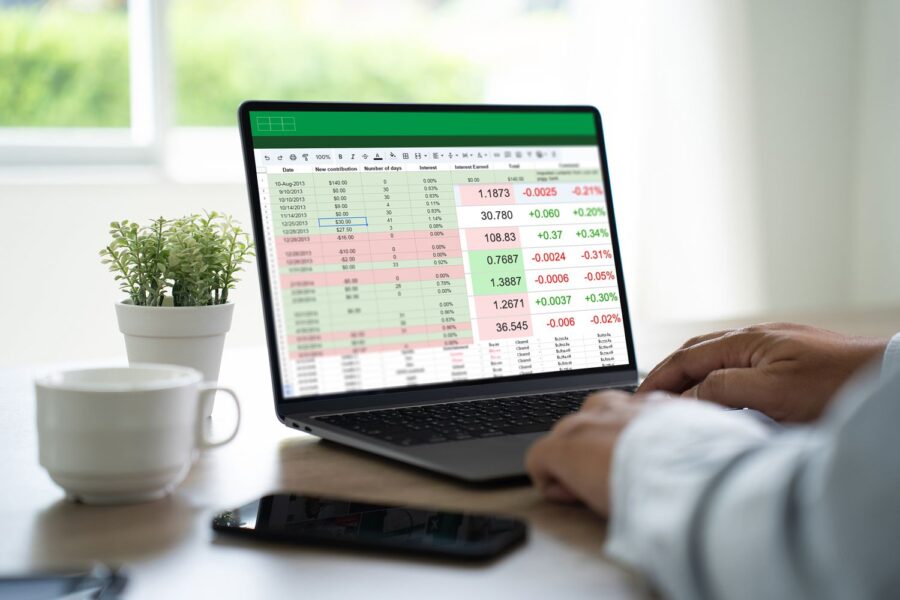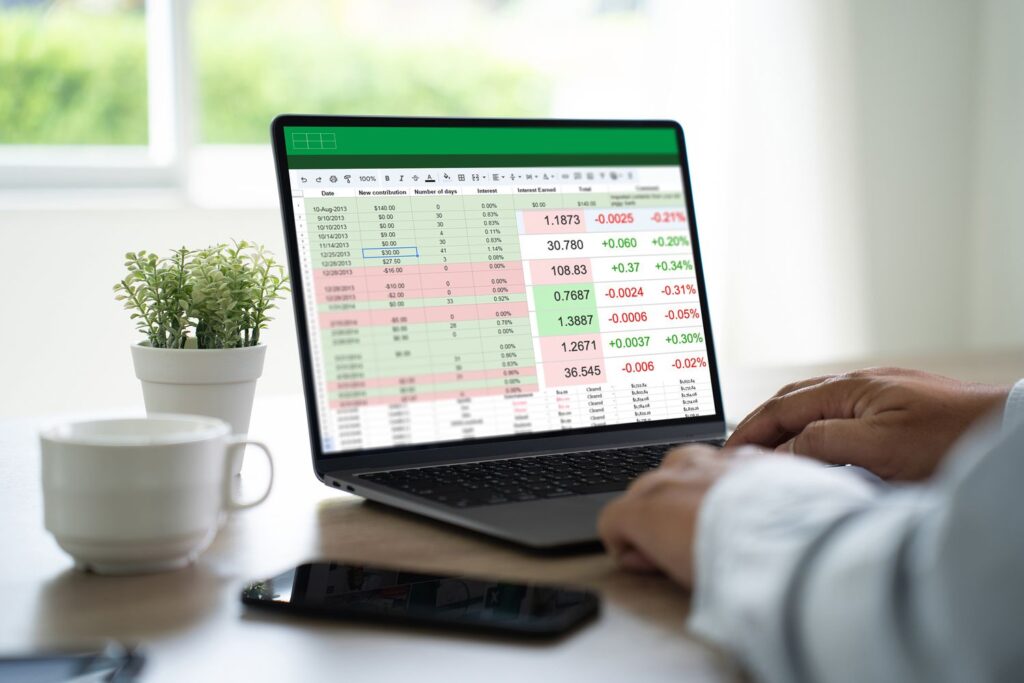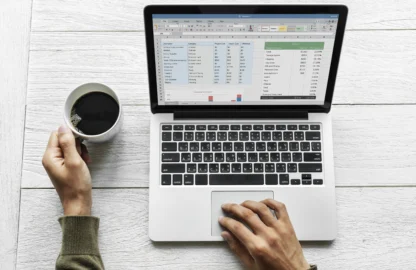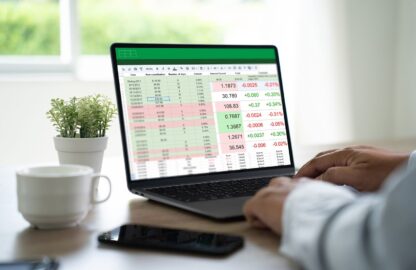
If you’re running a small business or freelancing, staying on top of your finances can be tough. However, using Excel for basic bookkeeping can make the process much easier. Excel is affordable, easy to learn, and flexible enough to manage daily transactions. In this guide, you’ll learn how to use Excel for basic bookkeeping—from tracking income and expenses to creating simple financial reports.
1. Set Up Your Spreadsheet the Right Way
To begin with, you need to create a spreadsheet that’s easy to read and update. When using Excel for basic bookkeeping, it’s best to separate your income and expenses into different sheets or tabs. Then, label your columns clearly with dates, transaction types, categories, and amounts. This makes it much simpler to filter and sort your records later.

2. Track Income and Expenses Accurately
Once your sheet is set up, start logging every financial transaction. When working with Excel for basic bookkeeping, it’s important to update your records daily or weekly. This way, you don’t fall behind. Additionally, color-coding your entries—green for income, red for expenses—can help you quickly scan your financial activity at a glance.
3. Use Formulas to Save Time and Avoid Mistakes
Also, one of the most helpful parts of using Excel for basic bookkeeping is the built-in formulas. Instead of calculating totals manually, you can use formulas like =SUM() to add up income or expenses. Moreover, you can use =IF() statements to flag duplicate entries or missing values, which helps you keep clean records.
4. Categorize Transactions for Better Insights
To better understand where your money goes, it’s useful to categorize each entry. When using Excel for basic bookkeeping, add a column for categories like rent, utilities, marketing, or client payments. Then, use Excel’s filtering or pivot table tools to quickly view how much you spend or earn in each category.
5. Create Simple Reports to Monitor Growth
Finally, reporting is key to managing your finances well. With Excel for basic bookkeeping, you can generate simple reports without needing fancy software. Use bar charts, pie graphs, or line charts to visualize trends in your income and expenses. As a result, you’ll spot patterns and make smarter business decisions.
Conclusion: Excel for Basic Bookkeeping Just Works
All in all, using Excel for basic bookkeeping is a powerful way to take control of your finances—without spending money on complex software. By setting up a clean sheet, tracking transactions, using formulas, and generating reports, you’ll stay organized and stress-free. So instead of guessing where your money went, let Excel help you manage it with confidence.
















